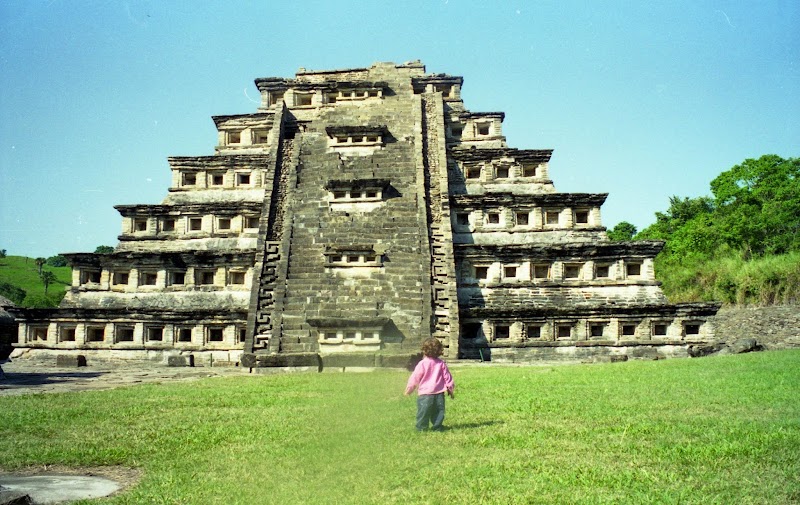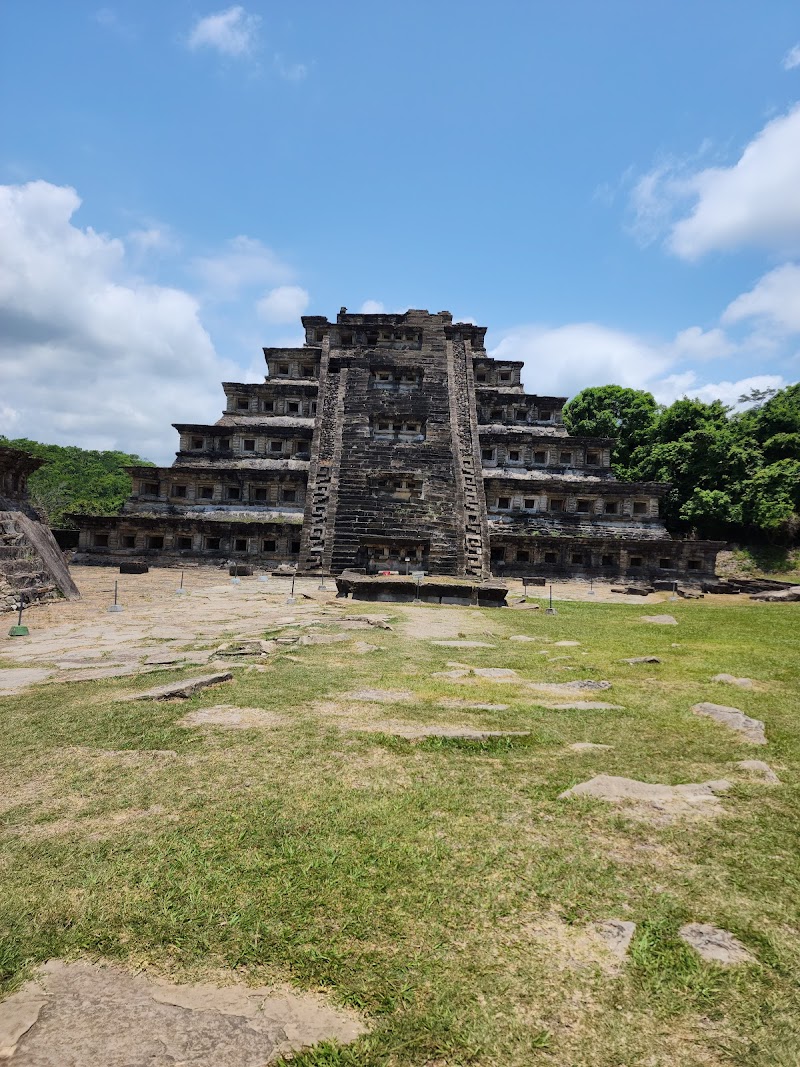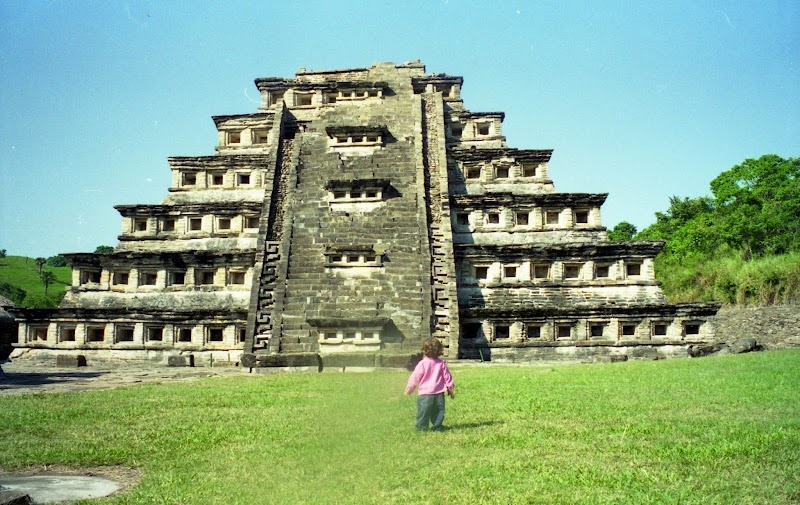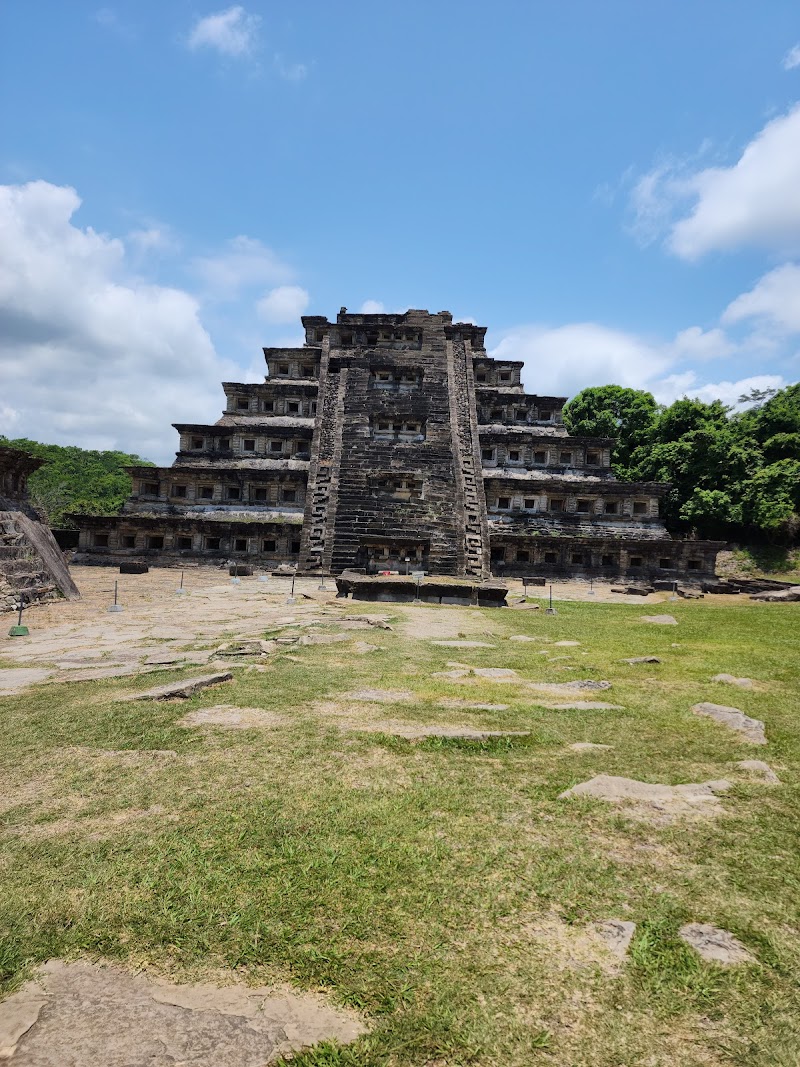Welcome to El Tajín: A Pre-Columbian Wonder
Did you know that El Tajín, a UNESCO World Heritage site, was once the most influential city in northeast Mesoamerica flourishing between 600 and 1200 AD? This pre-Columbian city is nestled amidst lush hills and is known for its vast array of pyramids, palaces, and ball courts. Step into the captivating aura of the Pyramid of the Niches, the grandiose Tajín Chico complex, and the intriguing ball courts that narrate tales of a splendid past.
When embarking on this historical journey, a tourist map of Mexico is an essential companion. It leads your path into the footsteps of ancient civilizations, enabling you to decode the mysteries of the once-prosperous city. Having your map, you can plot your route across time and space, ensuring no historical murmur goes unheard.
" Booking.comUnearth Unique Experiences in El Tajín
El Tajín is renowned for its pre-Columbian architectural gems, but there's much more to discover. Dive into a journey that transcends from a typical tourist experience, resonating with the mystique of the past, the vibrancy of the present, and the promise of the future. Explore unique attractions that extend beyond the frequently visited Pyramid of the Niches and the ball courts, unveiling lesser-known but equally fascinating aspects of this UNESCO World Heritage Site.
Immerse Yourself in the Vibrant Culture of the Voladores Ceremony
The Voladores Ceremony is a captivating cultural experience you'll encounter in El Tajín. Performed by the Totonac people, this ancient ritual involves five participants soaring from a pole, mesmerizing audiences with their hypnotizing descent. This ceremony, recognized as a UNESCO Intangible Cultural Heritage, is an ideal complement to your historical exploration of the city.
Revel in the Architectural Majesty of the 17 Courts
While the ball courts are renowned, the 17 courts of El Tajín offer a deeper insight into the city's sporting heritage. These courts, scattered throughout the city, resonate with the echoes of ancient games, illustrating a vivid testament to the city's athletic and social traditions. Their strategic placements also provide a unique perspective on the city's urban planning and architectural prowess.
Discover the Hidden Treasures of the Central Plaza
El Tajín's Central Plaza is more than just a common ground. Surrounded by significant civic and religious structures, this plaza was the pulsating core of the ancient city. Uncover the Columned Building, a unique structure whose purpose remains an enigma, adding to the allure of the city.
Experience the Enigma of the Tajín Chico Complex
Even though the Tajín Chico Complex is well-known, its multifaceted nature offers something new at each visit. Its labyrinthine layout, featuring terraces, patios, and buildings, mirrors the complexity of the social and political life of the ancient city. As you navigate through the complex, you'll come across El Tajín's highest point, offering a panoramic view that ties together the city's grandeur and the lush natural beauty of Veracruz.
El Tajín is an ancient city that continues to reveal its secrets. Each step unveils a new facet, a hidden treasure, a piece of the puzzle that brings you closer to understanding this enigma. For a deeper dive into El Tajín and other Mexican wonders, ensure to use the tourist map of Teotihuacan or consider exploring the Chichen Itza tourist map for a broader perspective of Mexico's diverse attractions..

Practical Information for Visiting El Tajín
Transportation and Mobility
El Tajín is accessible both by public transportation and private vehicles. From the city of Poza Rica, you can catch a bus that departs every hour and takes approximately 45 minutes to reach El Tajín. If you're driving, the site is about a 20-minute ride from Poza Rica via the free road.
Schedules and Prices
The archaeological site welcomes visitors from Tuesday to Sunday, from 9:00 am to 5:00 pm. The site is closed on Mondays. Entrance to the site costs 80 pesos (about $4 USD), and it's free on Sundays for Mexican citizens and residents.
Safety Tips
El Tajín is generally safe, but it's always wise to take basic precautions. Wear comfortable shoes for the uneven terrain, bring a hat and sunscreen to protect from the sun, and stay hydrated. There are security guards and medical services on site in case of emergencies.
Practical Recommendations
The best time to visit El Tajín is early in the morning or late in the afternoon, when the site is less crowded and the weather is cooler. Also, remember that the site can be particularly busy during the Spring equinox and the Cumbre Tajín festival, so plan your visit accordingly.

Frequently Asked Questions about El Tajín
Q1: Are there any special events or festivals at El Tajín that I should plan my trip around?
A1: Yes, the annual Spring Equinox Festival, known as Cumbre Tajín, is a cultural event like no other. Held around March 21st each year, the festival showcases a vibrant mix of live music, art installations, and traditional ceremonies, including the famous Voladores ritual. This is a prime time to witness the blend of ancient and contemporary Totonac culture.
Q2: Is it possible to hire a guide for a more in-depth exploration of El Tajín?
A2: Absolutely, hiring a local guide can greatly enrich your visit to El Tajín. Guides are well-versed in the history, architecture, and cultural significance of the site. They can provide detailed insights that you might miss if exploring alone. Be sure to inquire about guide services at the entrance.
Q3: I’m interested in photography. Are there any restrictions on taking photographs at El Tajín?
A3: You are generally free to capture the stunning architecture and landscapes of El Tajín, but always respect signs indicating areas where photography is not allowed. Tripods may require a special permit, so check with site authorities before bringing one along.
Q4: Are there any dining options available within the El Tajín archaeological site?
A4: While El Tajín doesn't have a formal restaurant, there are small eateries and vendors selling local food and drinks near the entrance. Try the traditional Totonac dish called zacahuil, a giant tamale filled with pork or chicken. It's a culinary delight not to be missed!
Q5: What is the best way to get around and explore the large site of El Tajín?
A5: The site is well laid out with clear paths and signage leading you through the different zones. However, given the size of El Tajín, wearing comfortable shoes and bringing plenty of water is advisable. Take your time to explore and absorb the beauty of this ancient city.
Q6: Can I buy souvenirs or local crafts at El Tajín?
A6: Yes, you'll find several stands selling traditional Totonac crafts near the entrance and exit of the site. From handmade pottery and intricately woven textiles to replicas of the Pyramid of the Niches, these souvenirs are a wonderful way to remember your visit to El Tajín. For more such exotic destinations, explore the tourist map of Monte Alban next.


